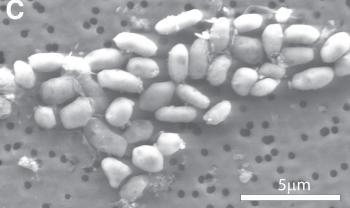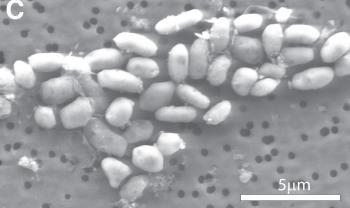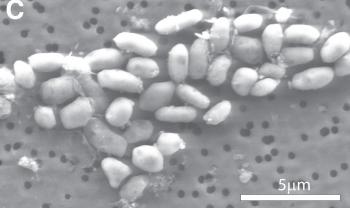A recent study suggests that we may have been overlooking life on earth and in space. The researchers found a bacterium that can grow with arsenic, a toxic substance, in substitution of phosphorus, which was previously thought to be essential for all life on Earth.
“We know that some microbes can breathe arsenic, but what we’ve found is a microbe doing something new—building parts of itself out of arsenic,” Dr. Felisa Wolfe-Simon, lead researcher of the study and NASA Astrobiology Research Fellow, said in a press release.
“It has solved the challenge of being alive in a very different way than we knew of,” Wolfe-Simon said in a press conference streamed live on NASA’s website Dec. 2. “It’s going to require at least some paragraphs in a textbook to be rewritten.”
The study, funded by NASA and published online Dec. 2 in the journal Science, used the bacterium GFAJ-1, a proteobacterium of the family Halomonadaceae, taken from Mono Lake in California.
Chemical Analogs
“Life is mostly composed of the elements carbon, hydrogen, nitrogen, oxygen, sulfur and phosphorus,” the researchers wrote in their research paper. “Although these six elements make up nucleic acids, proteins and lipids and thus the bulk of living matter, it is theoretically possible that some other elements in the periodic table could serve the same functions.”
Wolfe-Simon wanted to test bacteria’s ability to use arsenic as a substitute for phosphorus because of their similar chemical structures, she said in the press conference.
Phosphorus and arsenic are both in the nitrogen group of the periodic table, with arsenic being directly below phosphorus in the table. Elements that are directly above or below each other in the periodic table have similar properties as they have the same number of electrons on the outermost electron shell, and the difference in their number of electron shells is only one.



